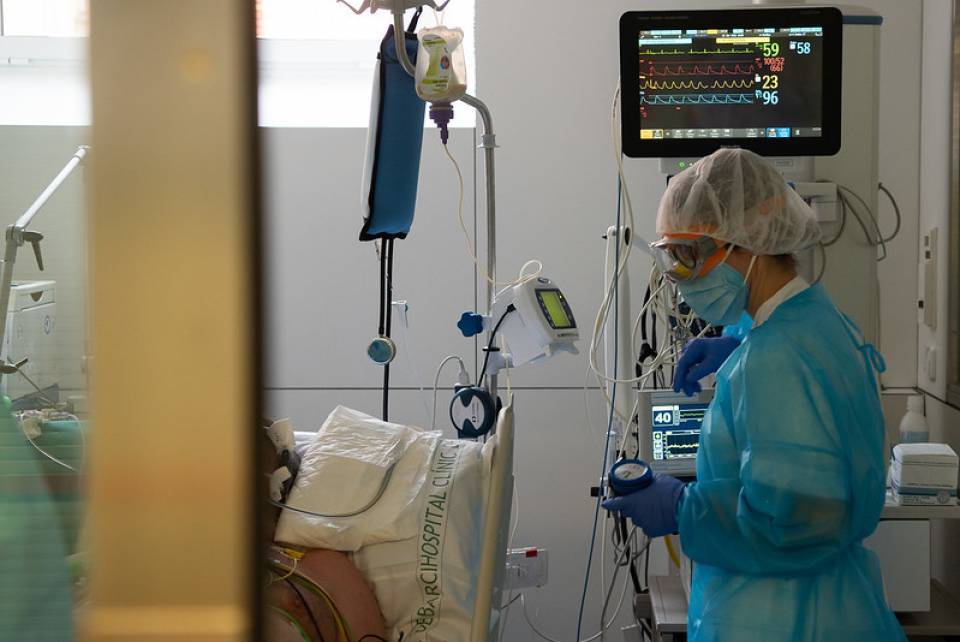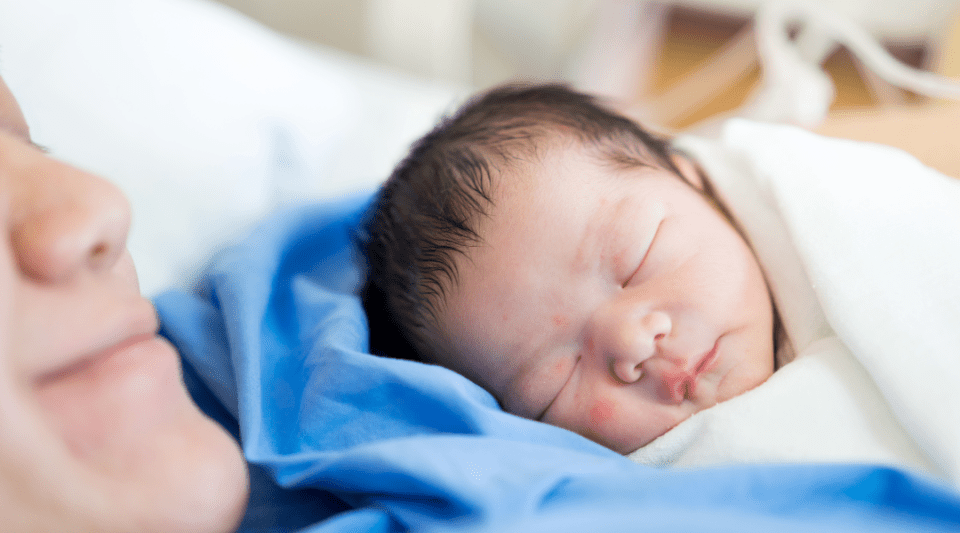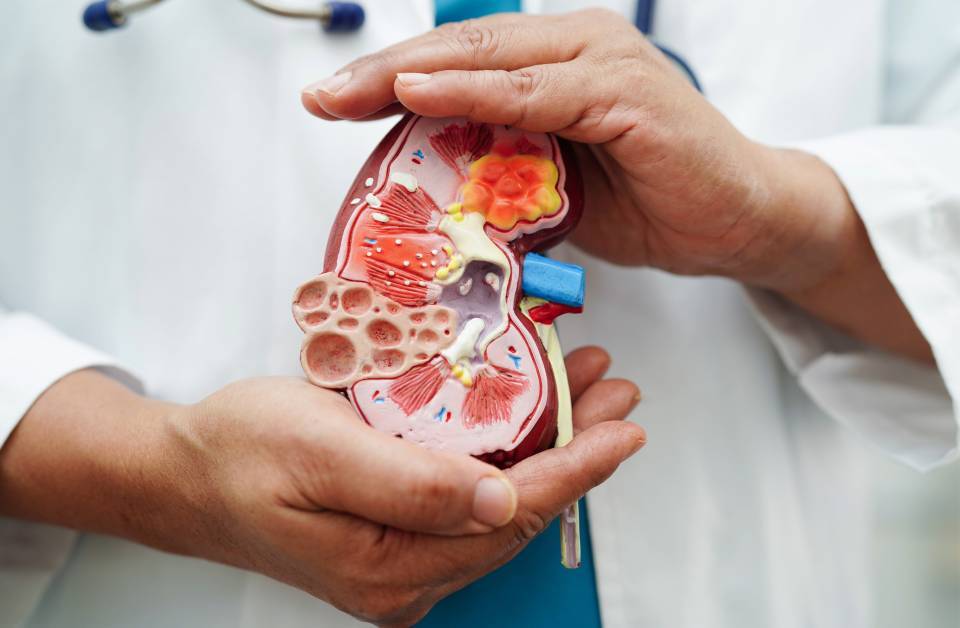Approximately 20% of patients infected with SARS-CoV-2 require hospitalisation for pneumonia. Based on this percentage, a study was carried out with 215 patients, developed entirely at the Hospital Clínic led by Dr. Oriol Sibila, Head of the Pulmonology Service and member of the group on inflammation and repair of respiratory diseases. In total, 125 patients who had been hospitalised for severe COVID between May and November 2020 had reduced diffusing capacity of the lungs for carbon monoxide (DLCO) 6 months after discharge, as well as elevated levels of pulmonary epithelial and endothelial biomarkers, suggestive of prolonged lung damage. DLCO makes it possible to evaluate the capacity of the lungs to transfer oxygen to the blood, and biomarkers are biological molecules found in the blood, other fluids or tissues in the body, indicating the presence or absence of a disease or pathological process.
Patients who had a reduced DLCO at 6 months after discharge were mainly older than 60 years, smokers or had hypertension. These patients had elevated levels of several markers in their blood, indicating they had lung damage which was epithelial (outer layer lining the airways) or endothelial (inner layer lining blood vessels). This damage persisted at half a year after discharge and was directly related to DLCO values. Thus, the lower the capacity to transfer oxygen to the blood, the greater the number of markers of lung damage. However, it is not yet known whether this damage is reversible or permanent. It was also observed that patients with moderate COVID could suffer long-term sequelae.
This is the first study to clinically assess biomarkers at least half a year after severe COVID. Some of the biomarkers found were three proteins: SP-A, SP-D, and SLPI, which are primarily secreted by alveolar epithelial cells and released in greater amounts into the bloodstream when the alveocapillary barrier is damaged. This barrier is a thin structure with a large surface area that separates the pulmonary alveoli and capillaries, and is where gas exchange takes place (oxygen entry and CO2 exit). Other biomarkers, such as Angiopoietin-2 and sICAM-1 showed a damaged pulmonary endothelium and were also elevated in patients with reduced DLCO.
The study results have already confirmed that lung injury induced by SARS-CoV-2 can produce long-term lung damage, and that DLCO reduction is common in patients with severe COVID 6 months after discharge; especially in those over 60 years of age who required mechanical ventilation during admission. It also shows that circulating pulmonary epithelial and endothelial markers are increased in patients with reduced DLCO. Given the results, later studies should be oriented towards investigating whether this damage is transitory or permanent.
Reference article:
Oriol Sibila, Lídia Perea, Núria Albacar, Jorge Moisés, Tamara Cruz, Núria Mendoza, Belen Solarat, Gemma Lledó, Gerard Espinosa, Joan Albert Barberà, Joan Ramon Badia, Alvar Agustí, Jacobo Sellarés, Rosa Faner. Elevated plasma levels of epithelial and endothelial cell markers in COVID-19 survivors with reduced lung difusing capacity six months after hospital discharge. Respiratory Research. 21 Feb 2022.




